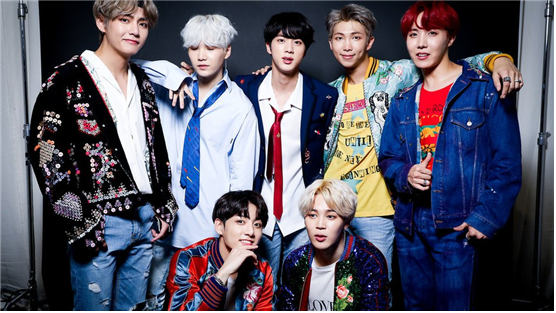Understanding the Generations of K-Pop Idols
If you're a K-pop fan, you've likely heard the term "4th generation idols." But what sets them apart from the 3rd generation idols? Let's take a quick tour through the different generations of K-pop idols and see how they have evolved over the years.
1st Generation Idols: Mid-1990s to Early 2000s
The 1st generation idols marked the beginning of the idol phenomenon in Korea. Iconic groups like H.O.T, S.E.S, Sechs Kies, Fin.K.L, Shinhwa, and g.o.d emerged during this period. These idols transformed the Korean music industry, proving the commercial viability of group acts composed of teenagers in a market previously dominated by solo artists. Their success laid the foundation for the idol culture we know today.
2nd Generation Idols: Mid-2000s to Early 2010s
Building on the groundwork laid by their predecessors, the 2nd generation idols took K-pop to the next level. Leading groups like TVXQ, Big Bang, Wonder Girls, and Girls' Generation were at the forefront, supported by the 'big three' entertainment companies: SM, JYP, and YG. This generation didn't just make music—they built the K-pop brand, laying the foundation for future generations to thrive on the world stage.
3rd Generation Idols: Early 2010s to Early 2020s
4th Generation Idols: Mid-2020s to Present
The 4th generation idols are emerging in an era where the world is already captivated by K-pop. Groups like aespa, NewJeans, IVE, Stray Kids, and Tomorrow X Together are debuting with an immediate focus on the global market, reflecting the international attention K-pop now commands. These idols are characterized by their innovative approaches and early international engagement, aiming to captivate audiences both in Korea and around the world from the very start.








.jpg)


댓글
댓글 쓰기